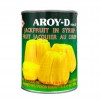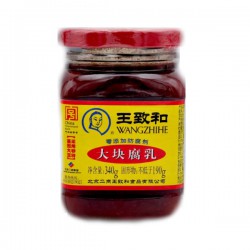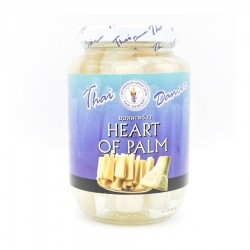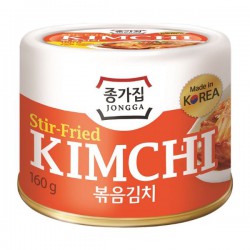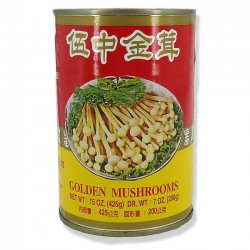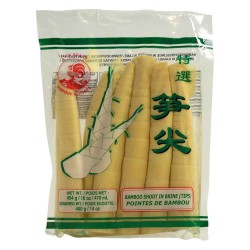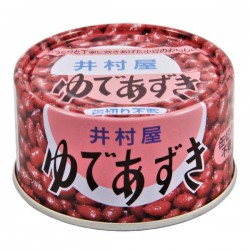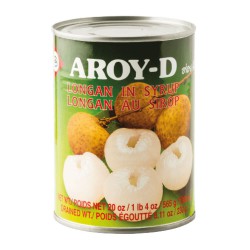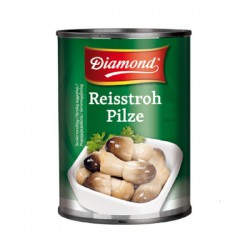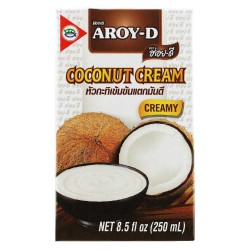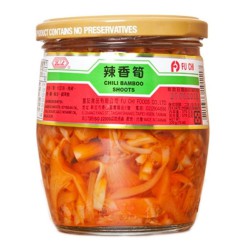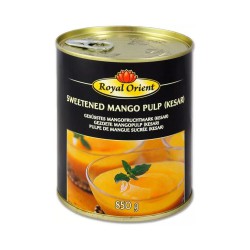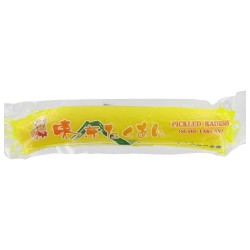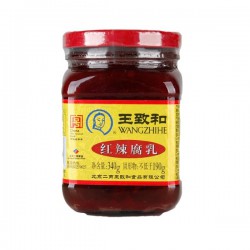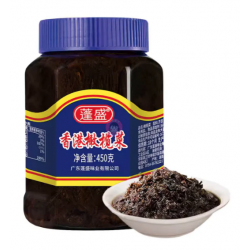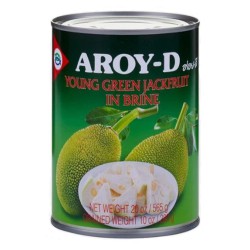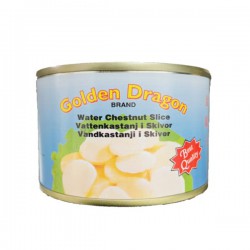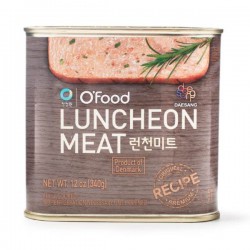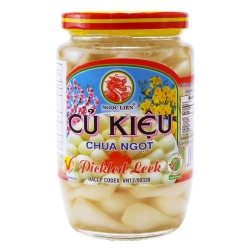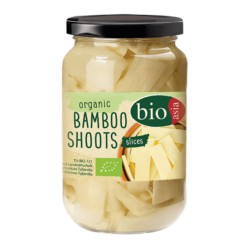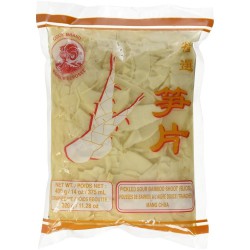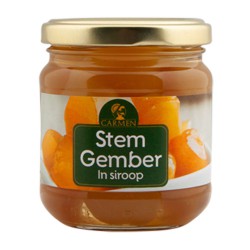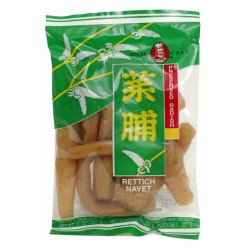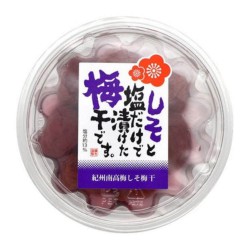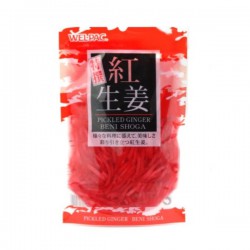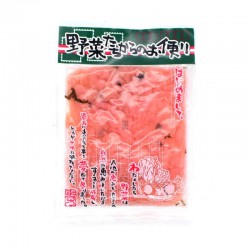Derfor har over 21.000 handlet her
Canned Foods
Conserves – From vegan duck to delicious dessert
Sometimes visits to your favorite Asian supermarket can be few and far between, and other times there are just some items that are good to always have on the shelf. Canned goods are handy here because they keep for a long time — and we have a large selection of canned products you can take home. This is a mix of delicacies, exotic fruits and special plants that are useful to have on hand, especially if you’re the sort of person who likes to make a spontaneous wok dish or dreams of Asian treats. We often keep these items in stock in our own kitchen and find them very useful for when you need a little extra filling in a dish. In addition, the exotic fruit can make a delicious dessert.
Lychee and other canned fruits.
Fruit can be particularly convenient to have canned, especially if it comes from far away. That way you can be sure your fruit is always ripe when you’re ready to eat it — and you avoid bruised fruit with brown spots or mold. At our store you can find a selection of exotic canned fruits such as lychees in syrup, longan, jackfruit and similar. You don’t find these very often in Danish supermarkets!
Additionally, we have sweetened red bean paste in stock, which is used in a variety of desserts. You may have come across the fish-shaped waffles called taiyaki? These are typically filled with red bean paste, which gives a delicious, sweet center.
Seitan — Delicacies in a can
Another thing that's handy to have canned is delicacies. Delicacies such as vegan seitan, crab meat, tofu pockets, and preserved duck eggs. Seitan can be used as a meat substitute in many contexts and is especially a good substitute for chicken. Tofu pockets are often used in sushi, where the fried pockets are filled and add a slightly sweet touch to the dish. Preserved duck eggs, also called thousand-year eggs, are eggs that are preserved in lime and activated charcoal, which gives them a very characteristic greenish color. Despite the name, the eggs are not a thousand years old. They are only 100 years old when the preservation begins.
Bamboo shoots and water chestnut — right at hand.
You may have come across both bamboo shoots and water chestnuts before. These two plants are commonly used in Asian cooking. Water chestnuts are often used in Chinese cuisine, where they are eaten raw and sometimes sweetened. They can also be ground into water chestnut flour, which is used for a special water chestnut cake eaten as part of dim sum. A particularly notable characteristic of water chestnuts is that they remain crisp when you bite into them, despite being cooked or preserved. That crunch can add something very special to your dish.
Bamboo shoots, by contrast, are more widespread and are used in Japan, China, Taiwan, Nepal, India, and Bangladesh. The fresh, slightly sweet shoots feature in a variety of dishes, where they are most often fermented or otherwise prepared. This is because bamboo shoots contain the same toxin as the cassava root, and it must be broken down before the shoots can be eaten.
 EN
EN
 DA
DA
 ZH
ZH



